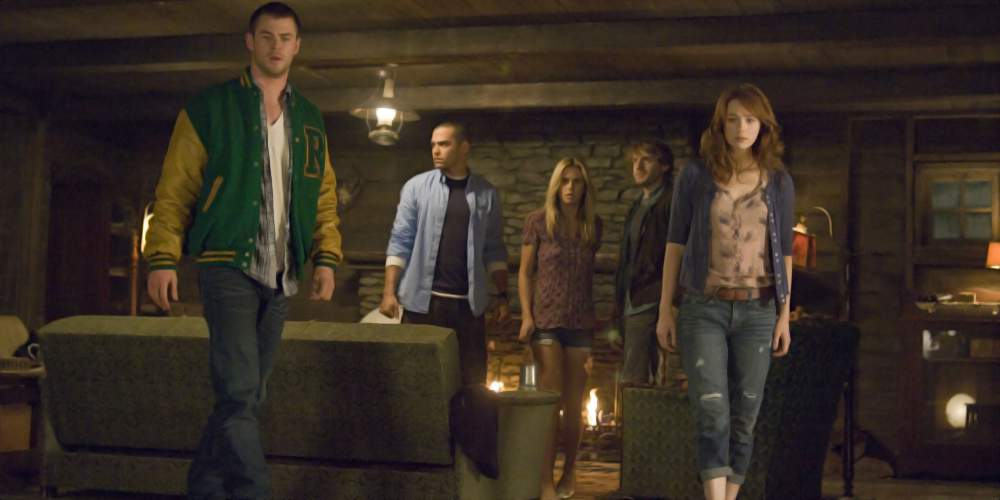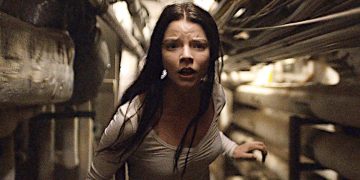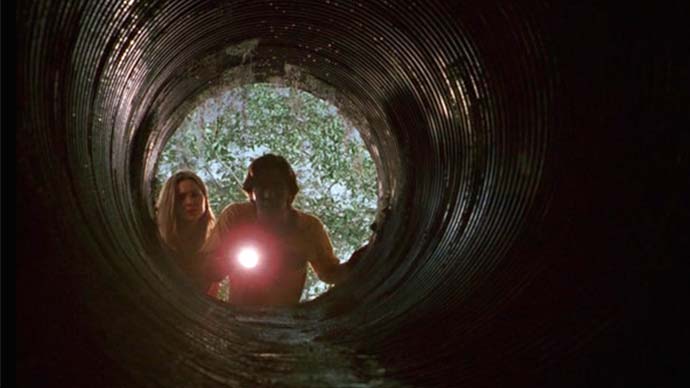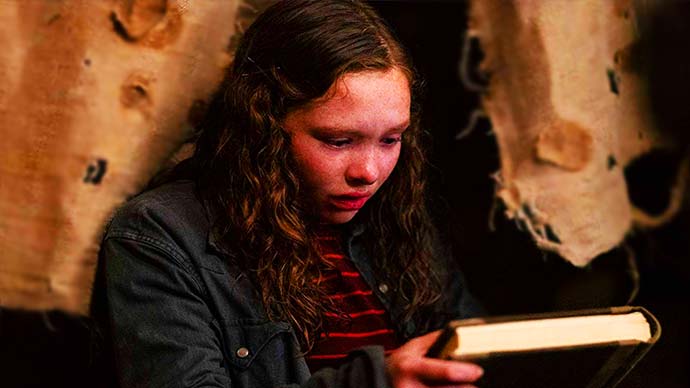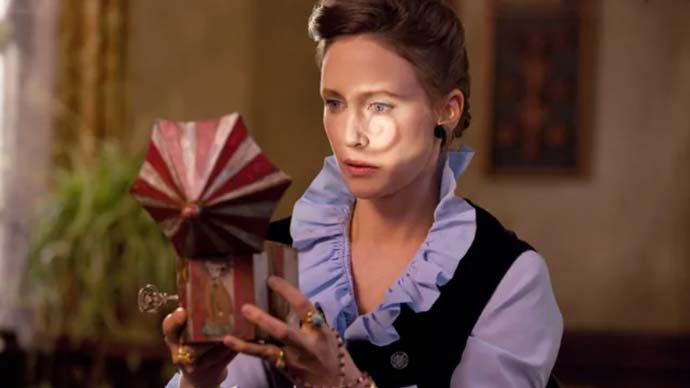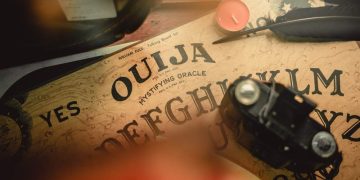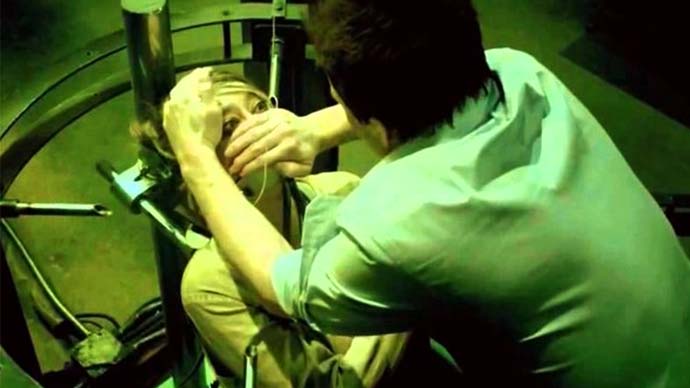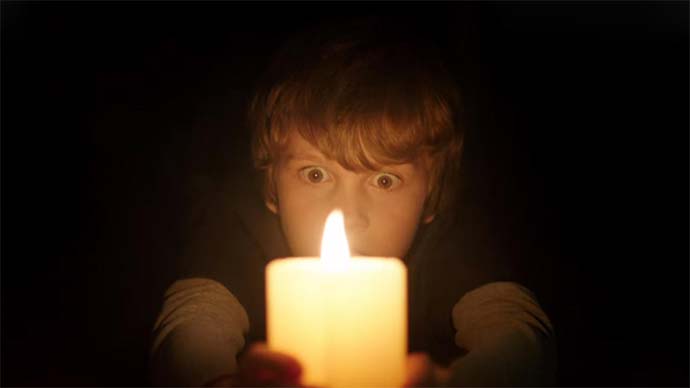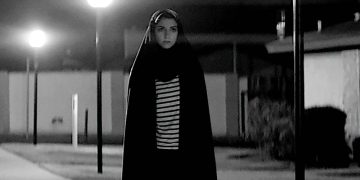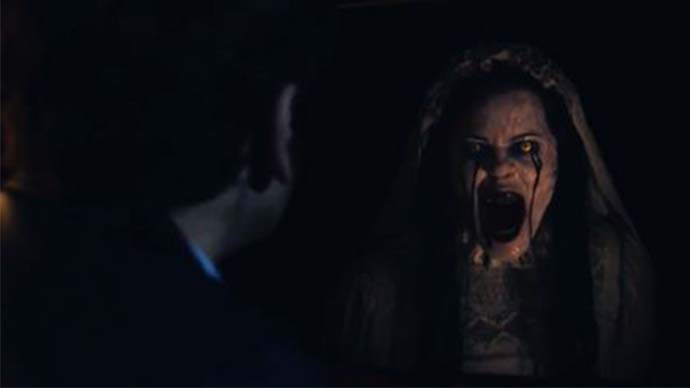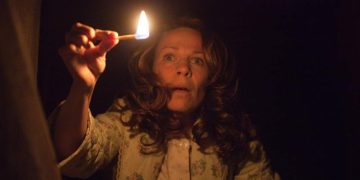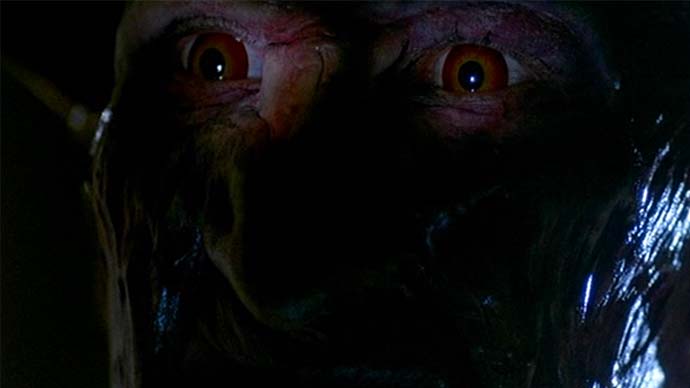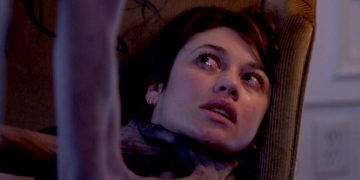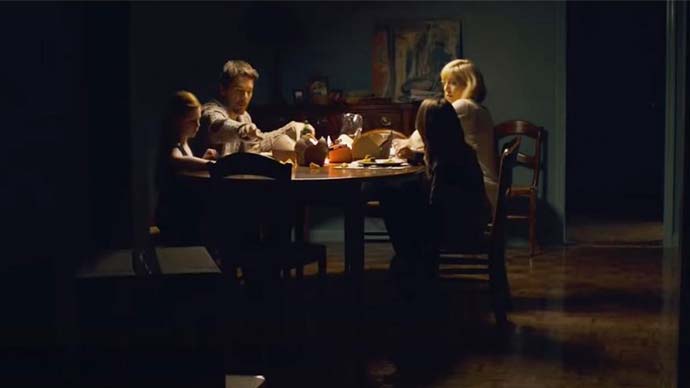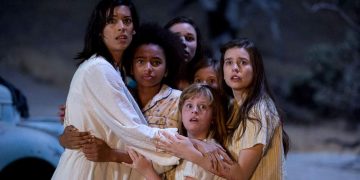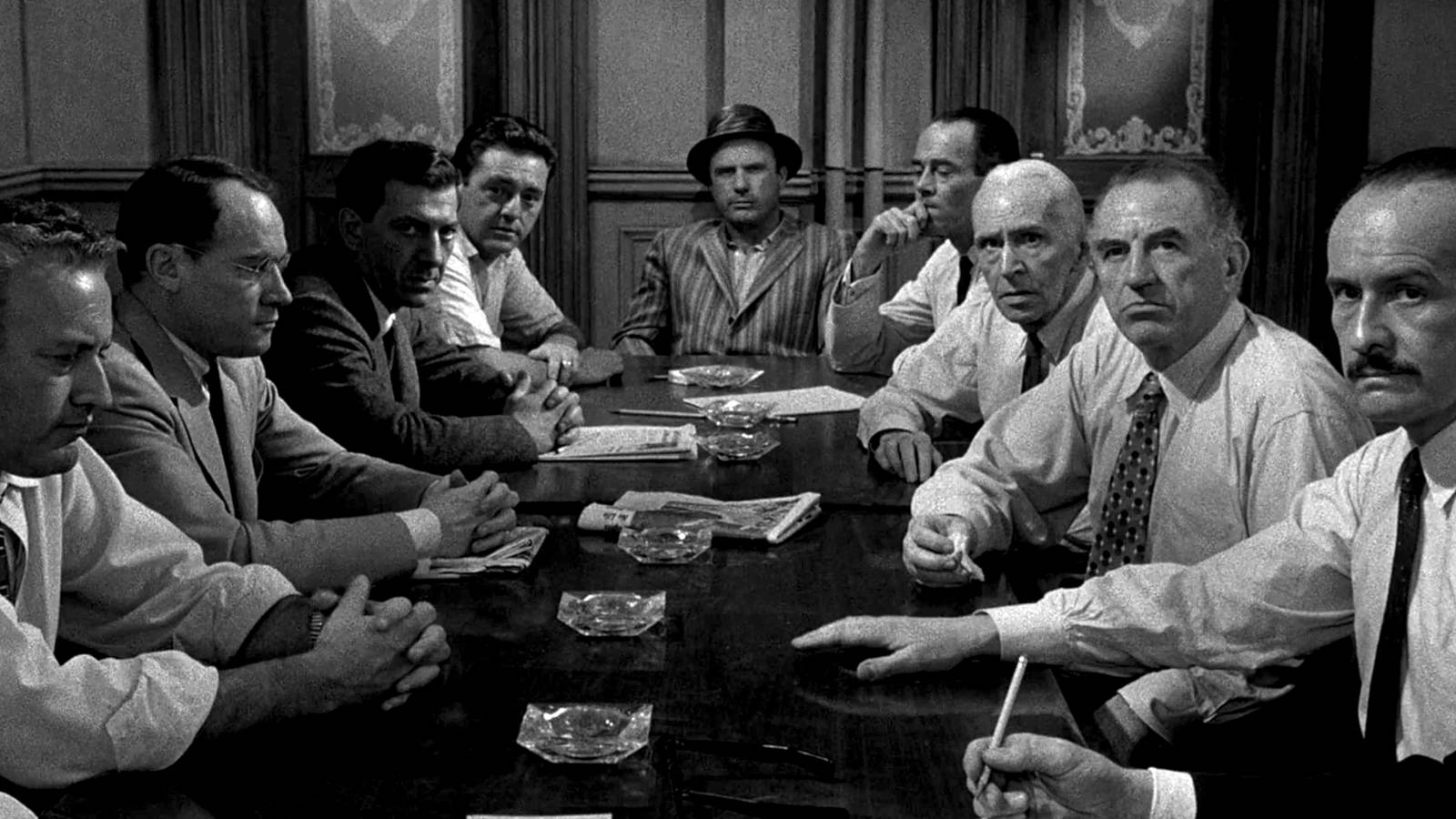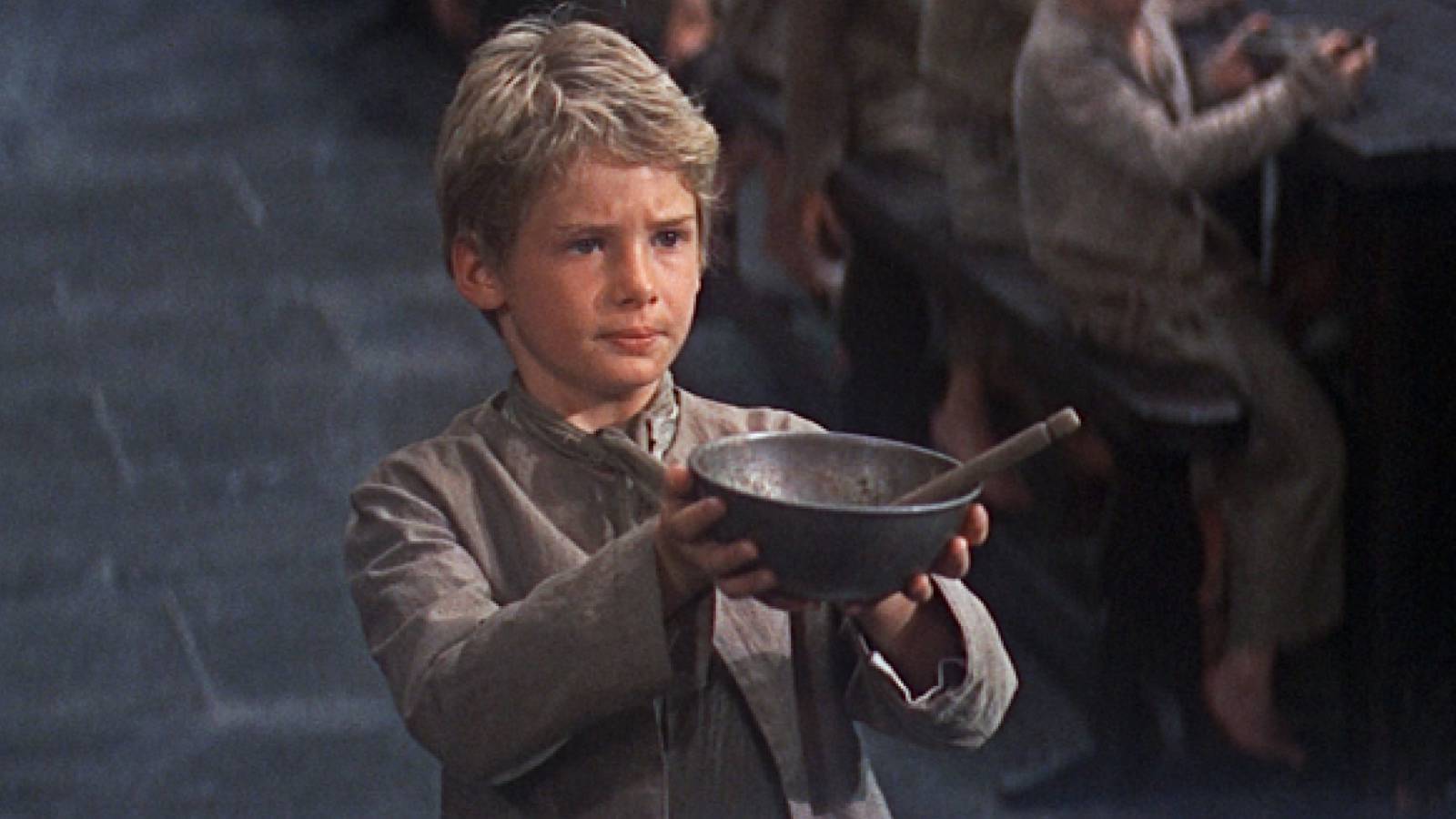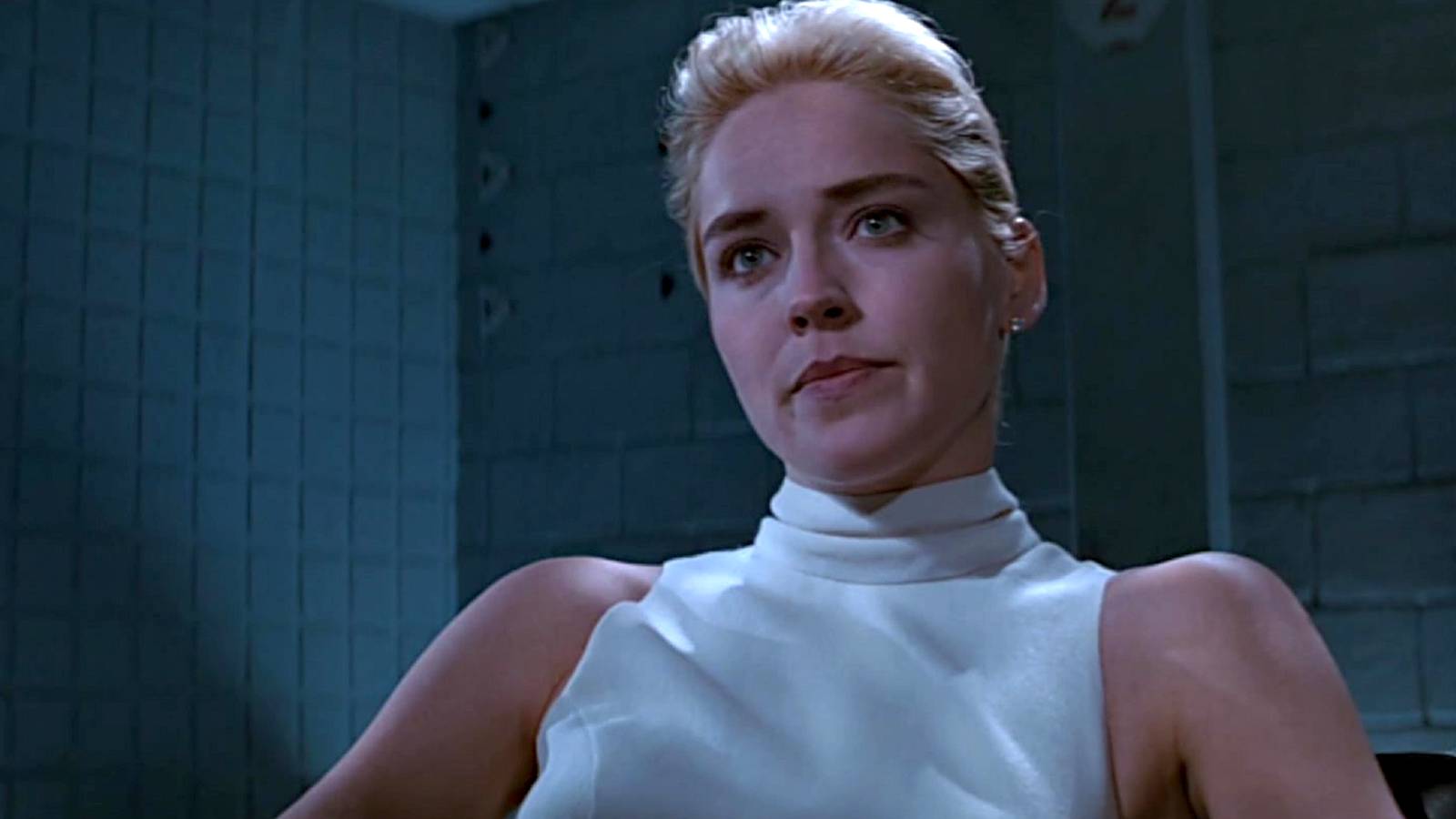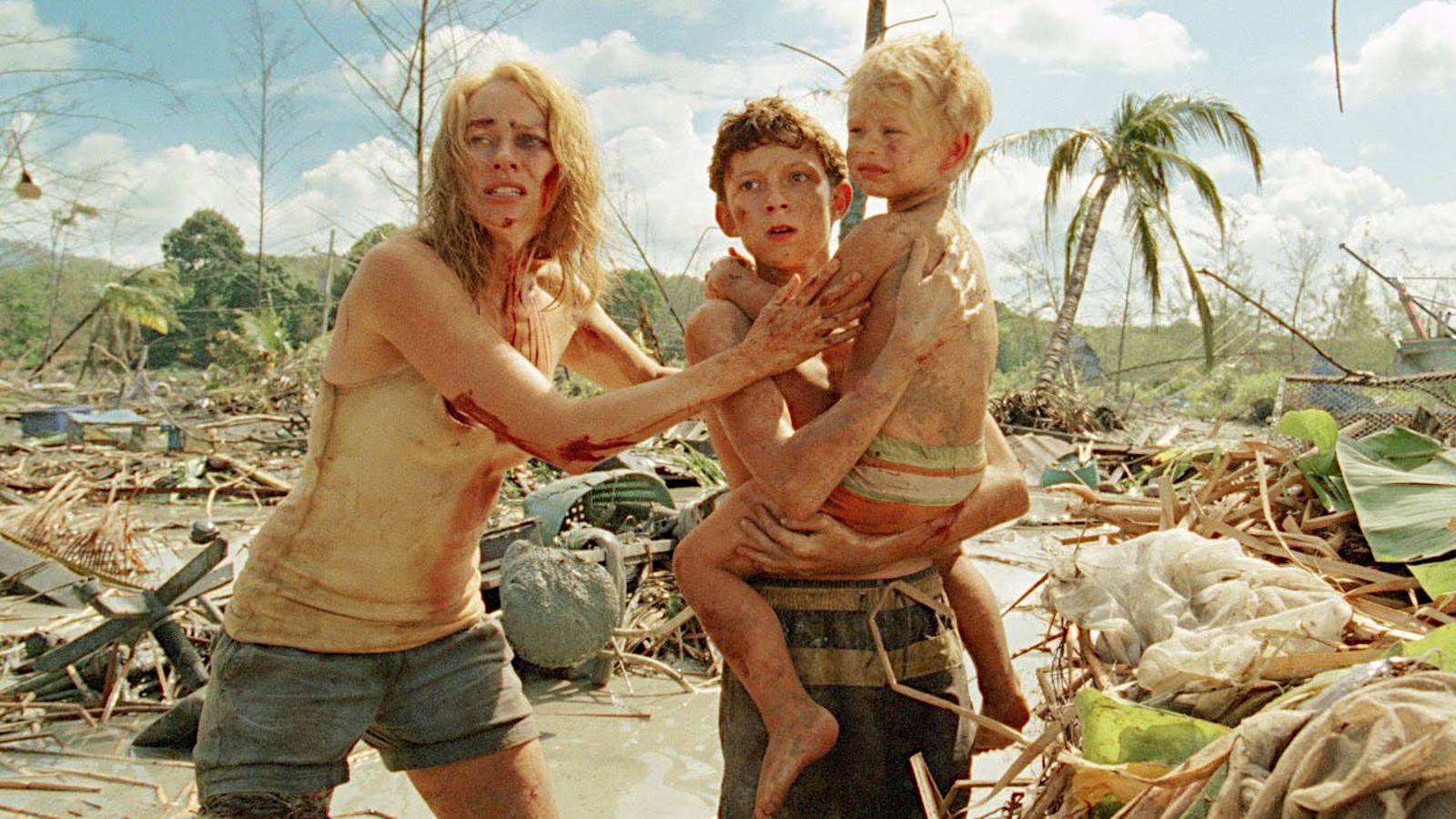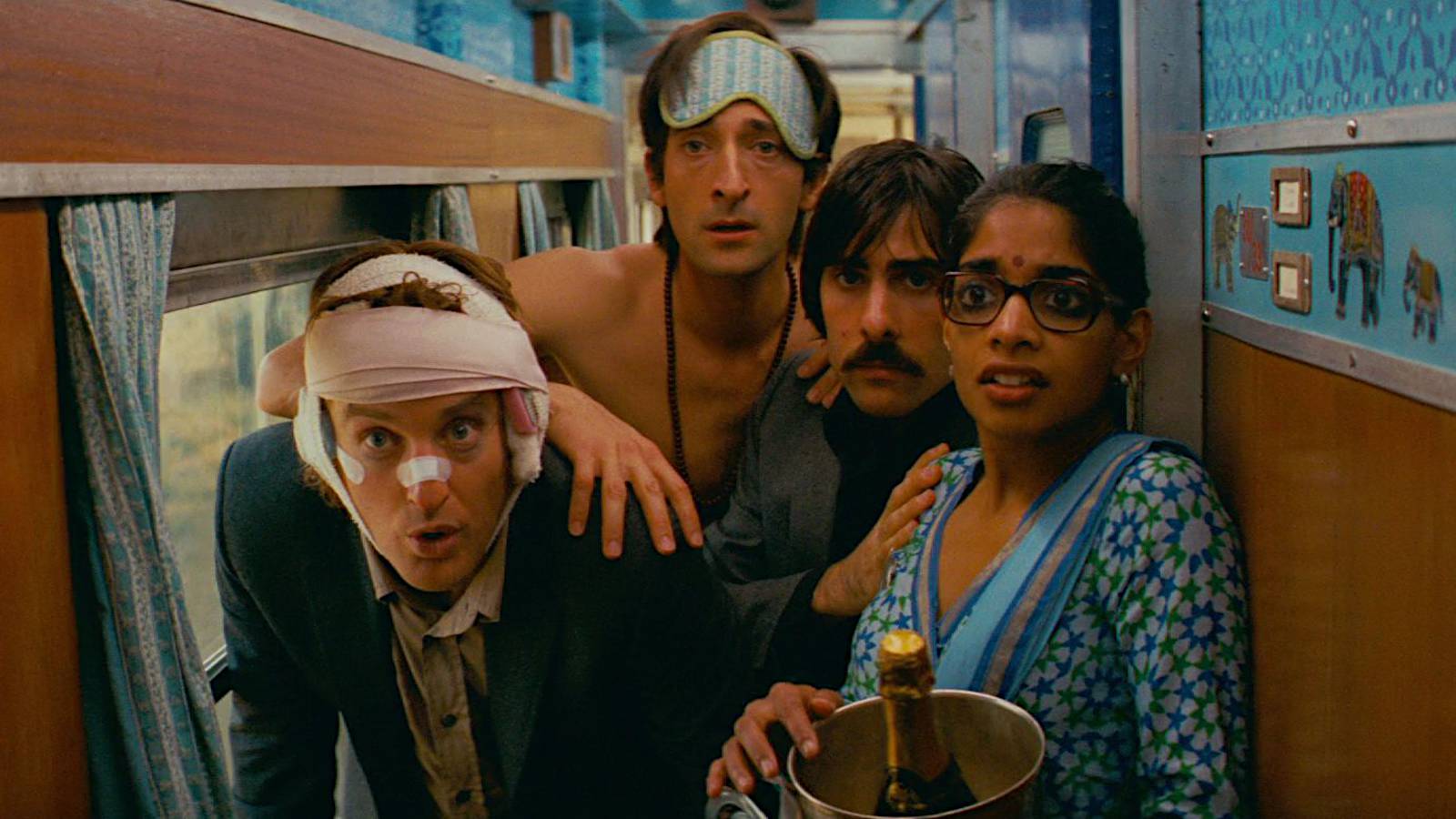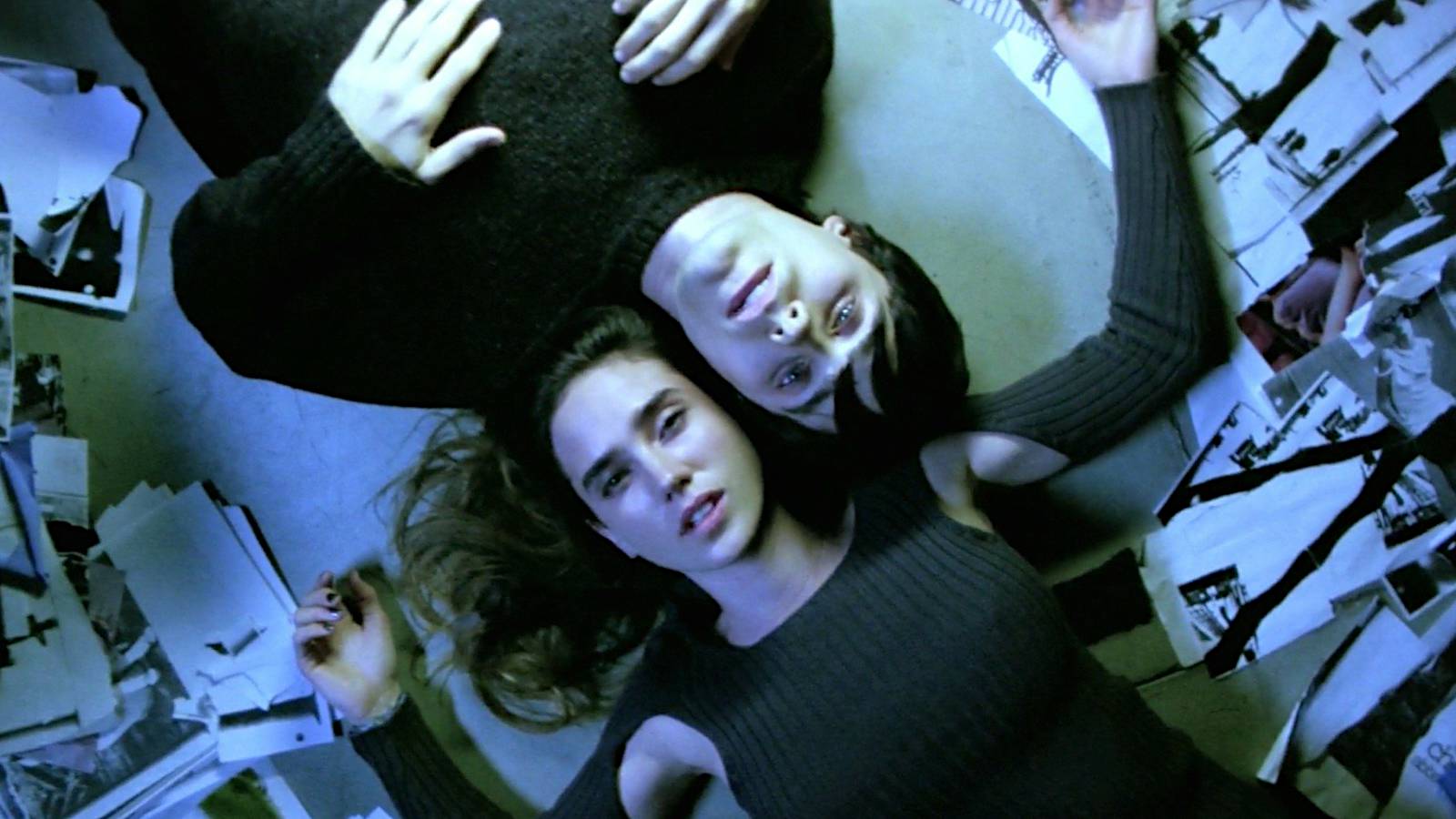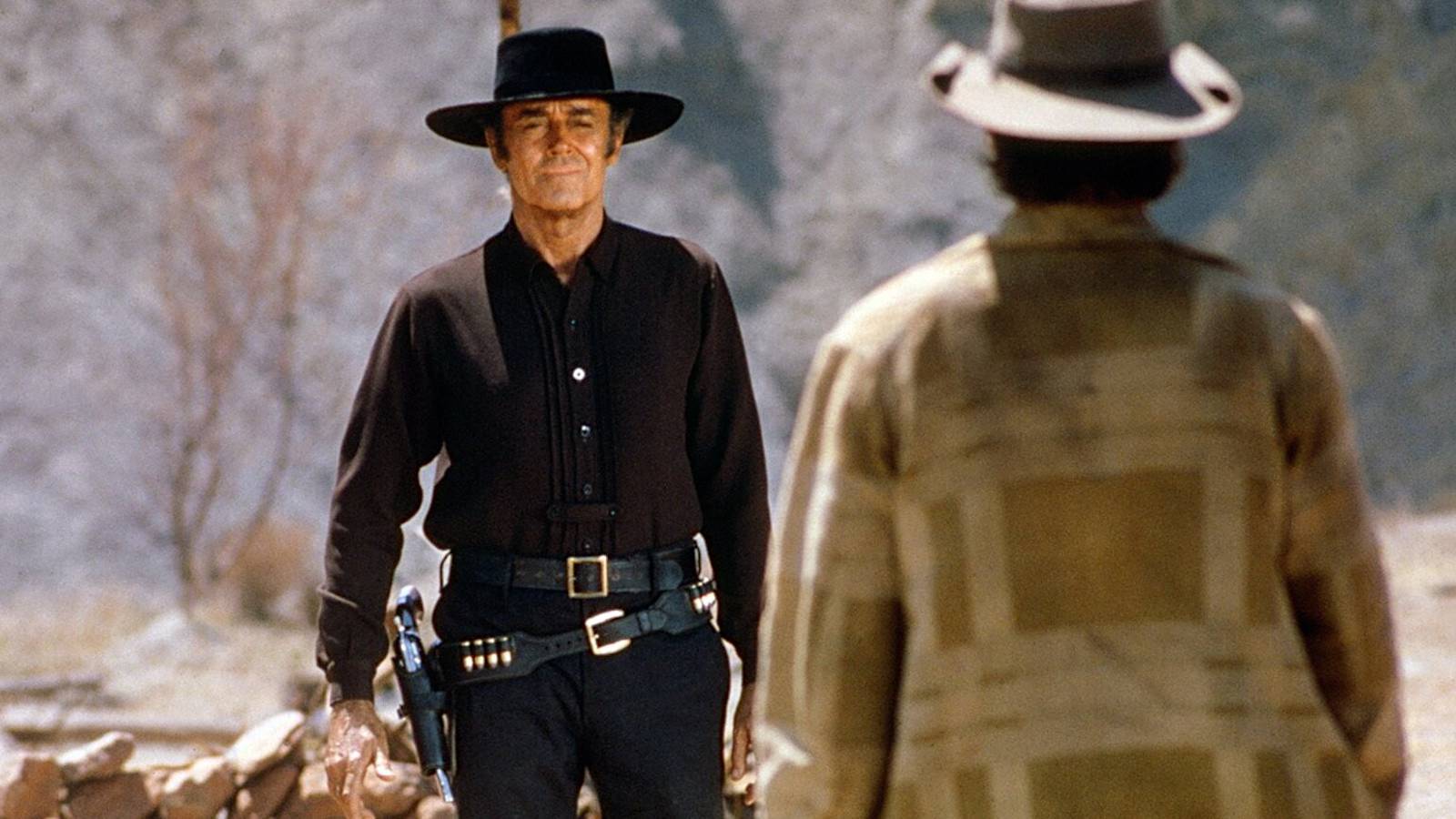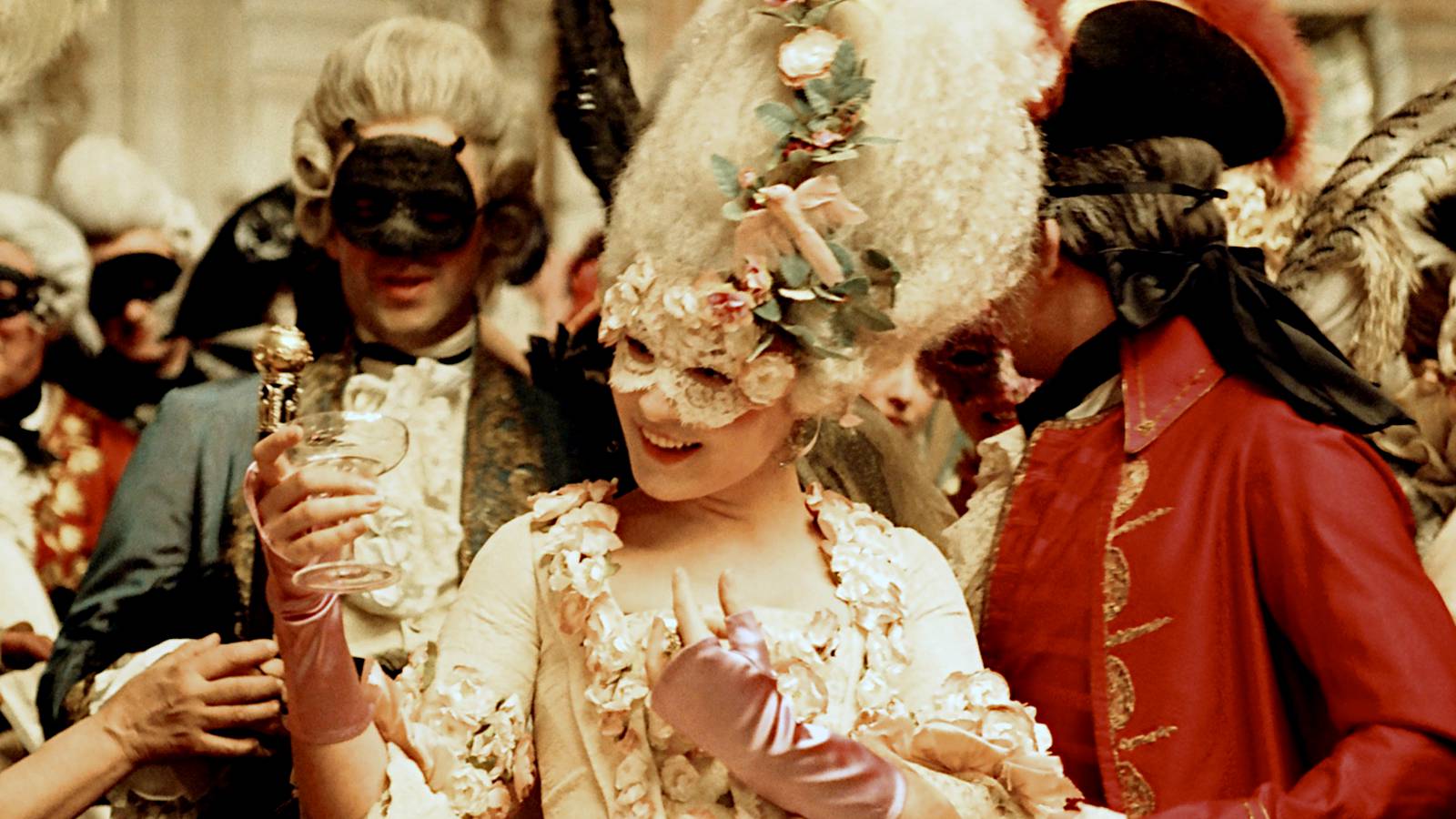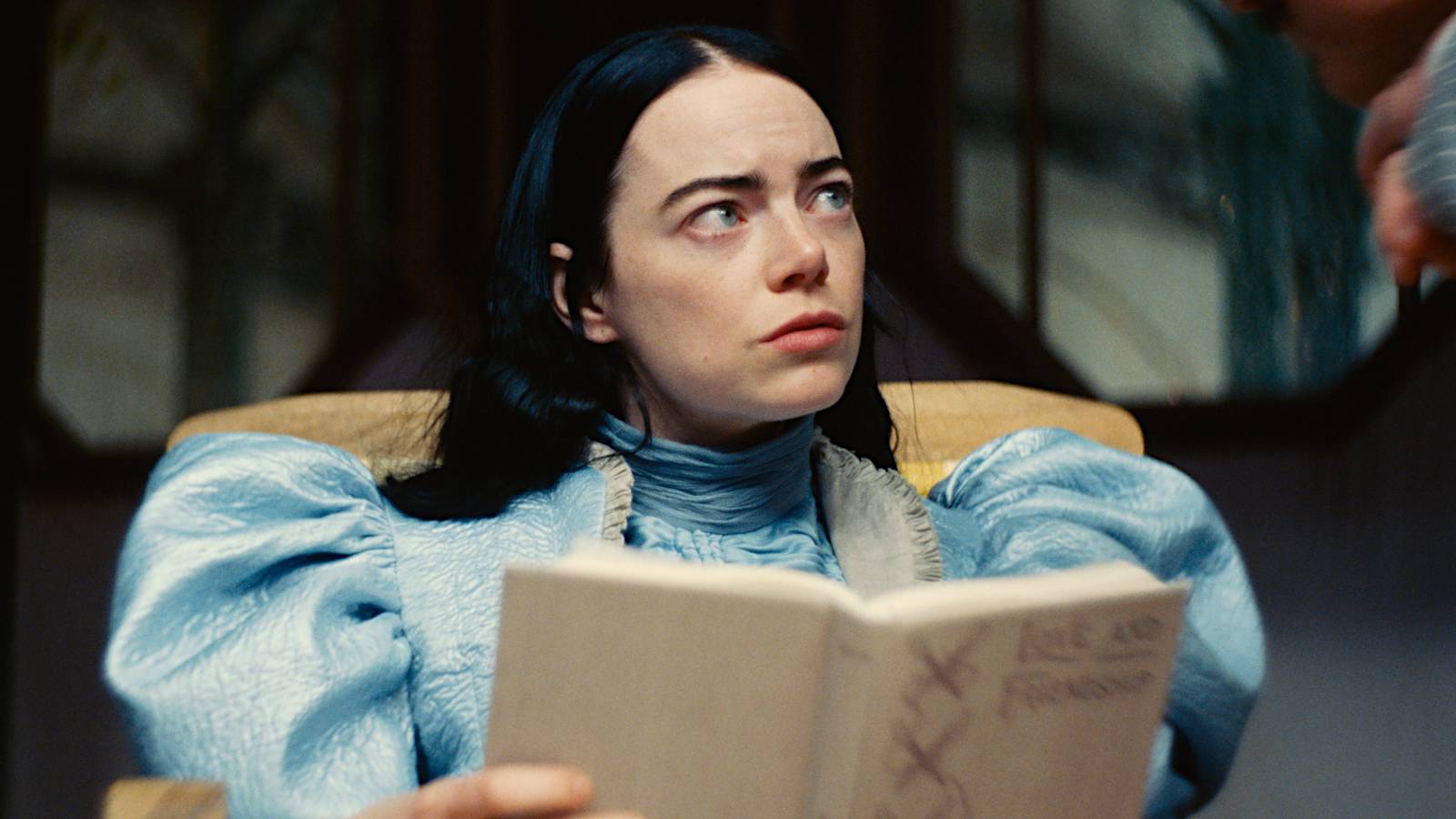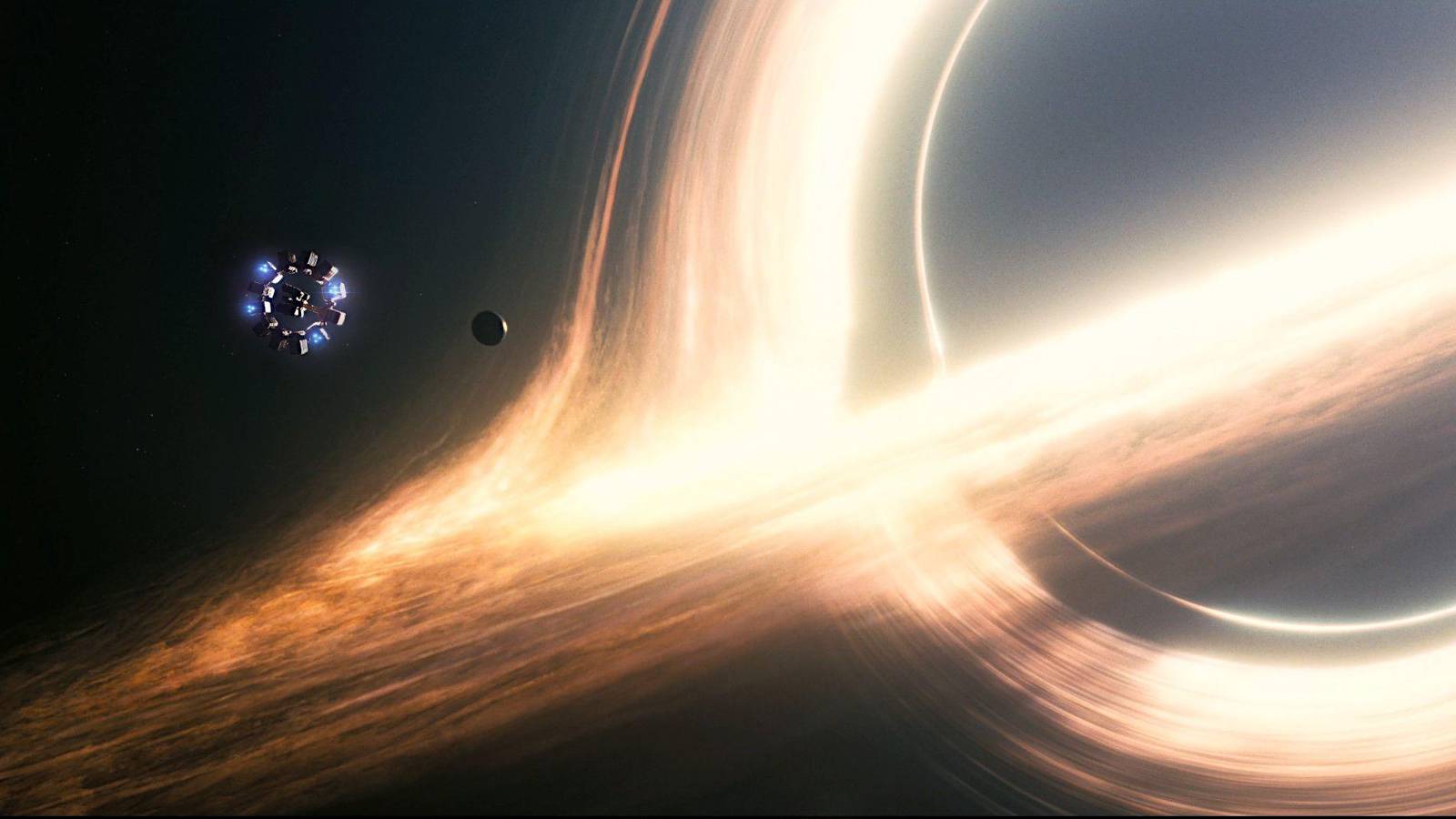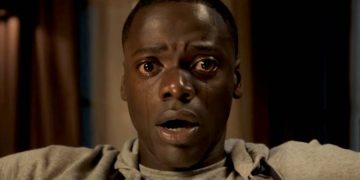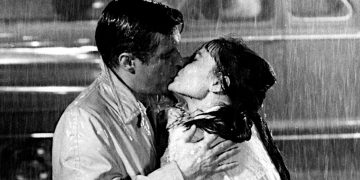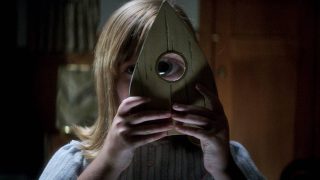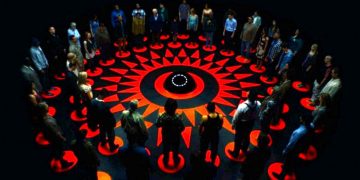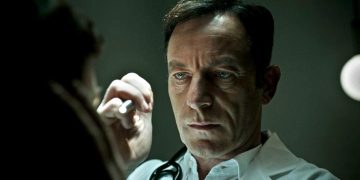8. The Curious One
This is one of the most overused character tropes in horror movies, so much so that you can find it in pretty much any horror film.
There’s always someone who, despite all the anomalies and signs of demons and monsters, despite the creepy occurrences and strange atmosphere, will still check to see what’s going on.
And that person usually becomes the first victim. However, recent films have changed it up and saved this character to be one of the last victims, often so they can share information and contribute to the development of the story. All the while, viewers wait to see when they’ll die.
A great example of this trope is Darius Jenner fromJeepers Creepers, who wandered into the killer’s lair and became a target.
7. The Brave One
The Brave One can overlap with The Curious One, but the tropes don’t always have to be the same person.
This character usually stays behind (when everyone wants to leave) or ventures deeper into danger (when everyone wants to stay), not out of curiosity but out of a need to prove that they aren’t scared.
This character often makes decisions and assumes leadership of the group, leading the rest to safety when everyone is too scared to move. Then again, this character could also lead everyone into danger if they’re too brash, reckless, and ignorant.
A lot of brave characters are driven to resolve the mystery around them. Stella fromScary Stories to Tell in the Darkis one example, who went to the house and faced the one who writes the haunted stories.
6. The Mirror Scene
Many horror films use mirrors to introduce mystery, dread, and fear to a story. Mirror reflections can be quite creepy depending on the situation, and it’s a great way to show ghosts or demons behind a character’s reflection as they glance at the mirror.
Whether they exist to provide jump scares or not, the mere existence of a mirror in a horror movie makes us clench our teeth and sit up a little straighter. We expect the camera to slowly pan and capture an unexpected image in the reflection.
A character peering into the mirror of a bathroom medicine cabinet is one of the overused tropes in horror movies. The character may reach inside for some piils, then as soon as they close the cabinet door, a shocking image will be staring back at them.
Related:The scariest cursed and haunted items in horror movies
5. The Body Horror
Dismemberment. Contortions. Blood and gore. These elements can make any scene far more horrifying and stomach-turning, especially when characters losing their limbs or twist their heads around 360 degrees.
Films likeWrong TurnandSawleaned heavily into this trope with their blood, gore, torn limbs, and spilled innards. On the other hand,The Last Exorcismhad the possessed girl’s body bent in horrifyingly unnatural ways. Body horror can be one of the scariest things to watch.
4. The Power Goes Out
How does the paranormal relate to the laws of science, particularly electricity? Many viewers have asked that, particularly when the lights flicker and go out whenever a ghost is nearby.
And it’s not just the building’s main power line. Somehow, flashlights and lanterns and even flames flicker, too.
This phenomenon might not be able to be explained, but it doesn’t really need an explanation—as long as it’s used well to ramp up the tension and introduce eeriness to the story. It makes the hairs of our neck stand up as we anticipate what awaits in the darkness.
Lights Outis a horror film that used darkness creatively by featuring a monster that only manifests when the lights are off. There’s a power outage scene that leaves characters with only candles, flashlights, and phones as the only way to defeat the creature of the dark.
Related:The best horror movies without jump scares
3. Evil Screams
Since the turn of the 21st century, we’ve seen more and more horror movies featuring ghosts and demons who can scream.
Ghosts and demons have always been visually frightening entities, but now viewers can’t just close their eyes out of fear—those same entities have nightmare-inducing screams, screeches, and roars that stay with you long after the movie ends.
It doesn’t even need to be a scream, to be honest. Who can forget the guttural gurgling of Kayako Saeki fromThe Grudge? As scary as she looks and acts, that sound is what really sticks with you.
Another element that can make screams even scarier is when blood or other dark fluid gushes from the screamer’s mouth, as seen with La Llorona fromThe Curse of La Llorona.
Related:All of The Conjuring horror movies, ranked
2. Dreams and Nightmares
In horror movies, ghosts and demons can invade dreams and turn them into nightmares. Some horror film protagonists have bad dreams, and those dreams act as precursors to the anomalies and paranormal phenomena that are about to take place in reality.
Sometimes, dreams aren’t just dreams. They can be manipulated by evil forces to take terrors from reality and inject them into a character’s mind. Even the idea of falling asleep can be horrifying, especially when you’ve seen a great horror movie that involves sleep paralysis.
The classicA Nightmare on Elm Streethorror film series features a serial killer who kills via dreams, whileThe Conjuring 2featured a scene where Lorraine dreamed of the evil nun.
Related:The best sleep paralysis horror movies
1. Ignoring the Red Flags
In most horror films, the characters receive some sort of warning ahead of time, but no one listens.
Sure, that warning may have come from an unreliable source—perhaps a senile old lady, a crazy guy down the street, or someone with a shady history. None of them are exactly trustworthy, and it’s not unrealistic for characters to ignore them or even make fun of them.
But over time, more and more red flags appear. Odd happenings and creepy events stack up, and they may line up with what those unreliable sources were trying to tell them. Yet, they still brush it off.
The characters' stubbornness or ignorance will lead them into greater dangers and full-blown hauntings, and this is one of the core ways in which horror movies deliver their thrills and excitement.
In theSinisterfilm, a writer moved his family into the haunted house despite the fact that one family was previously murdered in that very house (which is already a big red flag). Not many people would do that, but he did—simply to get inspiration for the book he’s writing.
Read next:The best horror movies about possession and hauntings



![]()
